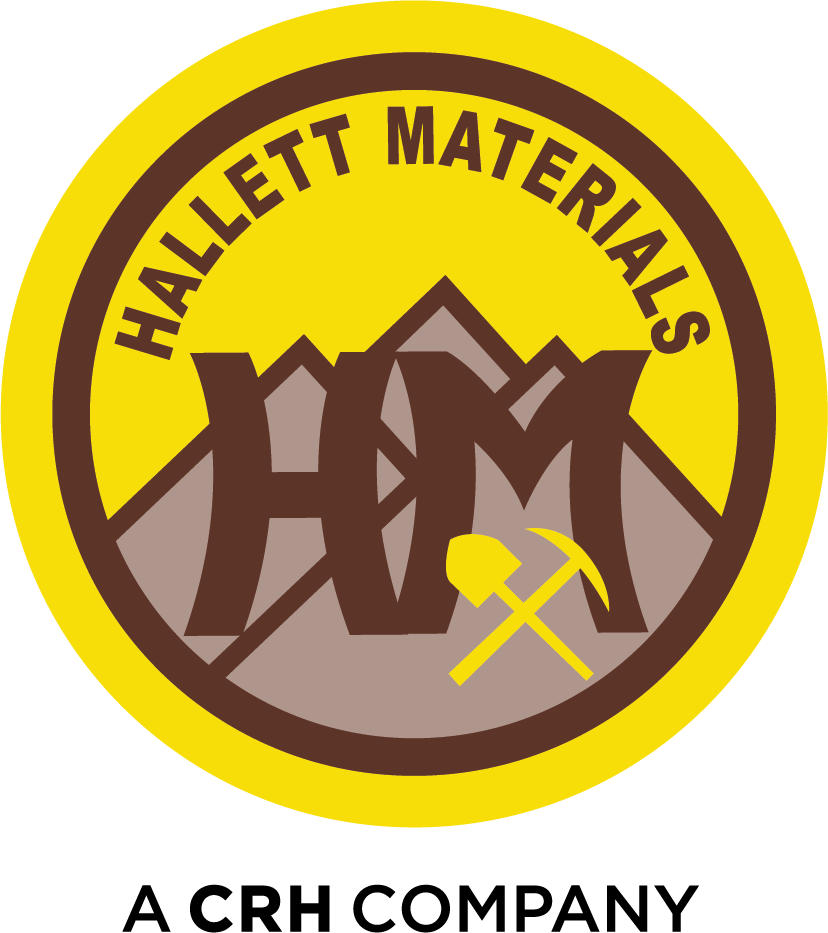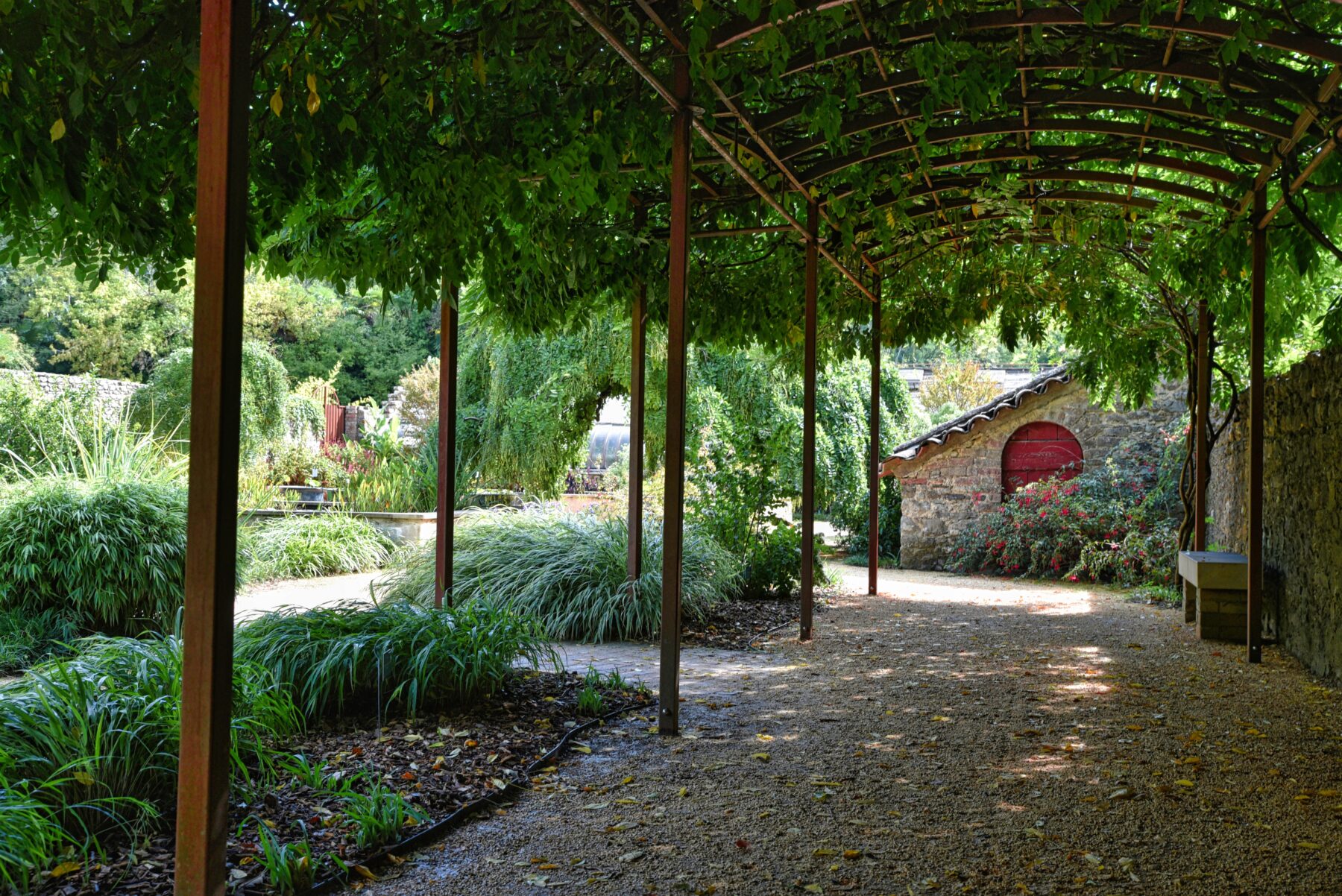How to Choose the Right Gravel for Erosion Control in Your Yard
Heavy rainfall and rapid water flow can reshape landscapes. Soil shifts, roots become exposed, and carefully designed slopes can start to unravel. Unaddressed erosion harms plant health, damages structures, and causes drainage issues. However, when the proper type is used, gravel offers a practical solution.
May 5, 2025
Why Gravel Matters in Erosion Control
Gravel regulates runoff by disrupting the flow of water, enabling absorption rather than eroding soil. It reinforces surfaces, diffuses the force of rainfall, and introduces resistance that helps anchor loose material. However, its effectiveness is reliant on certain variables. Those being the gravel’s size, shape, and placement.
Smooth, rounded stones are less likely to adhere together, in comparison to angular gravel. The jagged edges create friction, which is a stabilizing feature. This is particularly important in areas where the water is prone to rapid movement, such as on a slope. Pea gravel, while commonly used in landscaping, tends to shift under such pressure. When erosion is a concern, it fails to maintain stability, even while being aesthetically pleasing.
Matching Gravel to Landscape Conditions
However, the appropriate gravel is dependent on much more than just the slope. Soil composition, drainage behavior, and surrounding vegetation all factor into performance. In clay-dominant areas where water stagnates and movement is decreased, gravel that promotes infiltration becomes essential to reduce pooling and maintain surface integrity. In sandy conditions where water disperses rapidly, the priority shifts to retention, maintaining soil stability during sudden discharge events.
Erosion frequently begins at the margins of driveways or downspouts, where runoff accumulates. Diffusing that force is made simpler by installing gravel over a landscape fabric base, redirecting flow and minimizing disruption. In drainage swales or dry creek beds, gravel reinforces the channel while guiding water through a controlled, natural pattern.
Material strength is a necessity in locations with high traffic or a high level of maintenance. Both crushed granite and crushed limestone creates a firm, compacted surface that holds under pressure and limits the possibility of shifting. Although river rock contributes to visual appeal, its smooth, rounded shape lacks stability unless reinforced with edging or packed into a confined space.
Gravel Placement and Installation Tips
It is essential to eliminate any weeds and debris prior to the installation. The use of landscape fabric underneath allows the separation of gravel from the soil below. This prevents the gravel from mixing, which can weaken its strength, and maintains a cleaner look. Gravel is also effectively contained on steep grades with edging or natural barriers such as stone walls or treated timber.
Depth is also an important factor. A shallow layer is highly susceptible to shifting. A minimum depth of 2 to 4 inches guarantees that there is sufficient material to withstand displacement while still allowing water to pass through.
Sourcing Quality Gravel for the Job
Not all suppliers offer gravel designed for erosion control. Landscape-grade gravel often focuses on aesthetics rather than performance. It is worthwhile to ask about the origin, composition, and intended use of the stone. Material that has been thoroughly cleaned and washed is more effective than material that has been mixed with dust or fine particles, which can compact and prevent water flow.
Local sourcing also has significant promise. The gravel that matches regional soil conditions performs more naturally in the environment and blends more efficiently. It also reduces transportation costs and environmental impact.
Erosion control is all about smart design. Gravel works when chosen and placed with intention, which means aligning the material with the circumstances, the size with the slope, and the appearance with the landscape. This is how erosion is controlled without compromising the yard’s integrity or its beauty.

